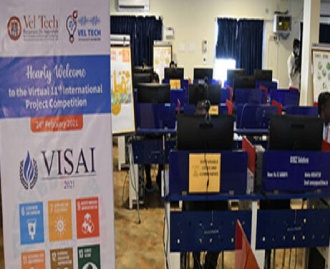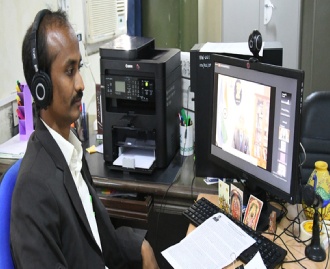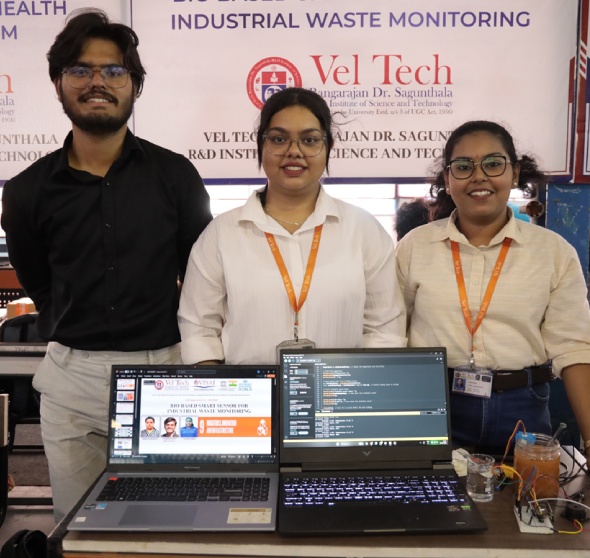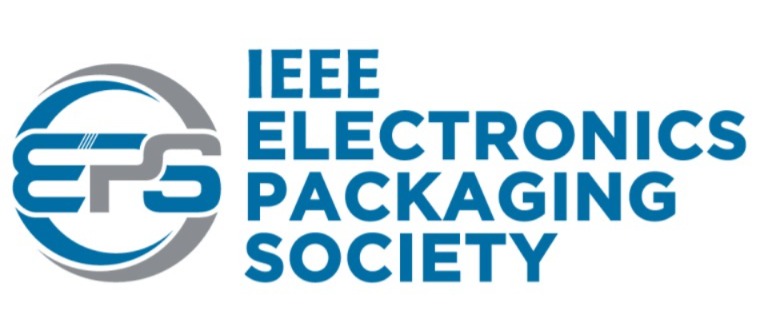PS-1 Renault Nissan - Early Alert System for Dropout Risk in Girl Students
using AI
Description (Background, Detailed Description and Expected Solution)
Background: In many regions of India, especially rural and
underserved communities, girls face disproportionately high dropout rates
from school due to a complex interplay of social norms, economic
constraints, health issues, early marriage, poor infrastructure, and safety
concerns. According to reports, over 1 in 5 girls drop out before completing
secondary education. These dropouts not only limit personal growth but also
have long-term implications on economic development, gender equality, and
health outcomes in the community. Early intervention—through timely
identification of at-risk students—can significantly reduce dropouts by
enabling support from educators, NGOs, local authorities, or community
volunteers.
Detailed Description: The challenge is to build a
data-driven AI/ML-powered solution that can predict which girl students are
at risk of dropping out by analysing various indicators such as:
- Attendance records (frequent absences, irregular patterns)
- Academic performance trends (sudden drops, consistent underperformance)
- Socio-economic background (family income, parents' education, access to
digital devices)
- Health records (menstrual hygiene, malnutrition, absenteeism during
specific times)
- School infrastructure (lack of toilets, safety, distance from home)
- Cultural or regional factors (child marriage prevalence, caste/community
issues)
This model should be trained on anonymized, historical school data (either
synthetic for hackathon or from public datasets) and be able to assign risk
scores to students. It should also generate actionable alerts to
stakeholders like:
- Teachers or principals for counselling or academic intervention
- NGOs or social workers to assess family support or financial aid
- Local authorities or community leaders for addressing systemic
challenges
The system should be scalable, privacy-preserving, and easy to deploy in
resource-constrained settings.
Expected Solution
- Web/mobile dashboard showing risk scores (low/medium/high).
- Correlation analysis between attendance, grades, and risk level.
- Automated alerts via SMS/WhatsApp to stakeholders.
- Action tracking for NGOs, teachers, and administrators.
Category: Software
PS-2 Renault Nissan - Smart EV Charging Scheduler for Community Living
Description (Background, Detailed Description and Expected Solution)
Background: India is witnessing a surge in Electric Vehicle
(EV) adoption, driven by environmental concerns, government policies, and
increasing fuel prices. However, this transition is creating new challenges,
especially in residential and community settings like apartments, hostels,
and shared societies. One critical issue is load balancing and grid stress,
particularly during peak electricity demand hours. If multiple EVs are
charged simultaneously without coordination, it can overload local
transformers, increase electricity costs for the entire community, and even
cause power outages. At the same time, many communities are investing in
rooftop solar systems, creating an opportunity to align EV charging with
clean energy generation. Unfortunately, there are few tools that
intelligently manage when and how EVs are charged based on solar
availability or grid efficiency.
Detailed Description: The objective is to design and develop
a smart EV charging scheduling system tailored for community environments.
This solution should intelligently determine the optimal time slots for
charging, based on:
- Time-of-day electricity tariffs (to charge during low-cost, off-peak
hours)
- Grid load availability (to avoid charging during peak usage and reduce
stress on transformers)
- Solar generation patterns (to maximize the use of clean, renewable
energy)
- User preferences and urgency (for example, if the user needs a full
charge by morning)
The system can be deployed in environments such as gated apartment complexes,
college hostels and faculty quarters, and public/shared EV charging points
in residential areas. The solution should include a mobile app interface for
EV owners to set preferred charging times and priorities, view cost
estimates and clean energy usage stats, and receive alerts when charging
starts or ends. The backend should ideally use machine learning to learn
user patterns and predict grid load or solar generation using historical
data and weather forecasts.
Expected Solution
Mobile App for EV users to:
- Register their EV and charging requirements
- Set charging preferences
- View real-time and scheduled charging status
- Receive cost-saving and carbon-saving tips
Smart Scheduler Backend:
- Consumes input from grid API (tariff/load)
- Integrates solar generation forecast (if rooftop solar exists)
- Uses an algorithm to suggest and trigger optimal charging slots
- Manages multiple users without overloading grid capacity
Category: Software
PS-3 Renault Nissan - AI-Powered Urban and Sub-Urban Flood Detection Using
Existing CCTV Infrastructure
Description (Background, Detailed description and Expected Solution)
Background:
Urban flooding is a growing concern in many developing cities, especially
during monsoon seasons. Cities like Chennai experience frequent waterlogging
and flash floods, often with little to no early warning. While advanced
flood monitoring systems are expensive and require robust infrastructure,
many cities already have widespread CCTV and traffic camera networks that
remain underutilized for disaster management.
Detailed Description:
This project aims to leverage existing CCTV and traffic camera
infrastructure in urban areas to detect and monitor flooding in real time
using AI. By applying computer vision techniques to live video feeds, the
system can identify signs of flooding such as rising water levels, submerged
roads, and stalled vehicles. The AI model should be capable of working with
low-resolution footage, varying lighting conditions, and different camera
angles. The system should also integrate with mobile-based alert platforms
to notify authorities and the public in real time.
The solution should be scalable, cost-effective, and adaptable to other
cities with similar infrastructure. It should also consider privacy, data
security, and the limitations of internet connectivity in some areas.
Expected Solution:
A computer vision-based AI model that can detect flood conditions from CCTV
footage.
A dashboard or alert system that visualizes flood-prone areas in real
time.
Integration with SMS or mobile alert systems for public and emergency
response notifications.
A pilot implementation plan for a city like Chennai, using government-shared
camera feeds.
Partners can include but are not limited to Government Partners such as
Greater Chennai Corporation (GCC), Tamil Nadu State Disaster Management
Authority (TNSDMA), and Chennai Traffic Police; technical partners such as
IIT Madras and local startups or tech companies; and NGOs working in
disaster relief and Resident Welfare Associations (RWAs).
Documentation on model accuracy, limitations, and recommendations for
scaling.
Category: Software
PS-4 Renault Nissan - AI-Driven Urban Freight Routing and Consolidation
System for Sustainable City Logistics
Description (Background, Detailed description and Expected Solution)
Background:
Urban areas are experiencing increasing pressure on transportation
infrastructure due to the surge in last-mile delivery, ride-sharing
services, and growing e-commerce demands. A major challenge lies in managing
urban freight traffic, which contributes to congestion, pollution, and
inefficient logistics operations. There is a need for a smart logistics
orchestration system that balances freight movements, reduces idle runs, and
optimizes delivery operations in city zones.
Detailed Description:
Design a smart logistics platform powered by AI/ML and geospatial analytics
that enables real-time, optimized routing and freight load consolidation for
delivery partners and logistics providers operating in urban areas. The
system should:
- Analyze city-wide traffic, environmental zones, and delivery density to
suggest dynamic routes.
- Allow co-loading and hub-sharing by multiple vendors to reduce empty or
underutilized runs.
- Offer predictive scheduling based on peak hours, zone restrictions, and
vehicle types.
- Integrate with municipal APIs to account for construction zones,
festivals, or temporary traffic regulations.
- Provide real-time dashboards for city authorities to monitor logistics
load across zones.
- Support incentives for eco-friendly transport modes (electric vehicles,
bicycles, etc.).
Expected Solution:
A software platform (mobile/web dashboard + backend system) that:
- Uses AI/ML for route optimization and load sharing.
- Supports API integrations with government and private logistics systems.
- Provides an intuitive UI for logistics operators, vehicle drivers, and
city planners.
- Tracks KPIs like carbon footprint reduction, cost per delivery, and
fleet utilization.
- Scalable to Tier 1 and Tier 2 cities with minimal customization.
Category: Software
PS-5 Renault Nissan - AI-Powered Crop Advisory and Marketplace Platform for
Smallholder Farmers
Description (Background, Detailed description and Expected Solution)
Background:
A large percentage of India's farmers are smallholders who lack access to
timely, localized, and reliable information on crop selection, pest
management, weather patterns, and market prices. Due to fragmented supply
chains and lack of direct market access, they are often forced to sell their
produce to intermediaries at unfair prices. Bridging the information gap and
enabling direct market linkage through technology can significantly enhance
their income and resilience.
Detailed Description:
Design a comprehensive AI-powered digital platform tailored for small and
marginal farmers that offers real-time, localized crop advisory and connects
them directly to buyers, agro-input providers, and government schemes. The
platform should include:
- AI/ML-based crop recommendation system based on soil type, weather
forecast, and region-specific trends.
- Pest/disease prediction and treatment suggestions using computer vision
(image upload of affected crops).
- Voice-based assistance in local languages for non-literate farmers.
- Integration with geospatial and satellite data for precision advisory.
- Digital mandi/marketplace feature to enable farmers to list and sell
their produce directly to consumers, processors, or aggregators.
- Notifications about government subsidies, schemes, and insurance
programs.
Expected Solution:
A software-based solution (mobile app and web portal) that:
- Uses AI, computer vision, and geospatial data for crop and pest
advisory.
- Provides market price trends, nearest mandi rates, and connects farmers
with buyers.
- Supports multi-language voice navigation and farmer-friendly UX.
- Ensures low bandwidth performance and offline mode for rural
connectivity challenges.
- Includes dashboards for government and agri-extension officers to
monitor usage, feedback, and impact.
Category: Software
PS-6 Renault Nissan - Smart Talent Identification and Progress Monitoring
System for Grassroots Sports Development
Description (Background, Detailed description and Expected Solution)
Background:
India has a vast pool of young talent in sports, especially in rural and
semi-urban areas. However, due to the lack of structured identification
systems, real-time performance monitoring, and coaching support, many
promising athletes are left unnoticed. Existing systems often rely on manual
scouting and subjective evaluation, leading to talent gaps and missed
opportunities.
Detailed Description:
Design a smart, digital platform that leverages AI/ML, computer vision, and
data analytics to identify, track, and support emerging sports talent from
schools, colleges, and local academies. The system should work as an
end-to-end Talent Identification and Performance Management System (TIPMS)
for young athletes. The platform should include:
- A mobile app or kiosk interface for schools/coaches to upload athlete
performance data and videos.
- AI-based video analysis of athletic movements (e.g., sprint, jump,
throw) for talent benchmarking.
- Dashboards to track athletes' progress across physical, technical, and
psychological parameters.
- Skill and fitness benchmarking engine based on sport-specific parameters
(e.g., endurance, agility, reflexes).
- Recommendation of training modules or coaching plans based on gaps and
goals.
- Integration with federations/sports bodies to create a national athlete
database.
- Option to host virtual selection trials with verified performance
metrics.
Expected Solution:
A software-based platform (mobile/web) with:
- Role-based access for athletes, coaches, school admins, and government
officials.
- AI/computer vision module to evaluate athletic performance via video
input.
- Sport-specific data models for tracking and forecasting athlete growth.
- Secure, cloud-based athlete records for nationwide access and
collaboration.
- Real-time analytics for district/state/national level sports authorities
to plan interventions.
Category: Software




















